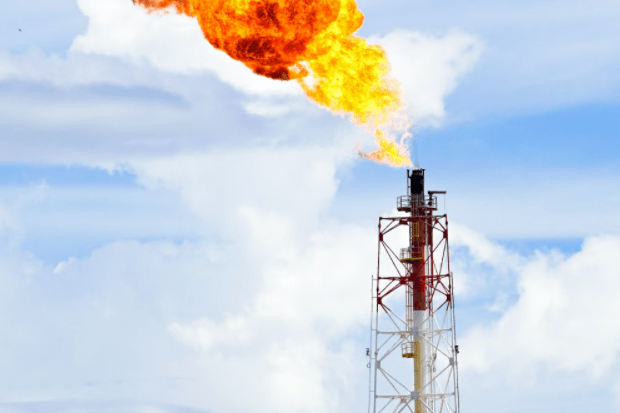According to the World Bank, in 2019 about 150 billion cubic meters (BCM) of gas were released into the atmosphere from gas flaring (equivalent to 5,298 billion cubic feet (BCF)/year or 14.5 BCF/day).
In particular, the United States contributed 17.29 BCM or 11.5% of the total.
CO2 emissions from global burning are estimated at 307 million tonnes, the equivalent of more than 60 million internal combustion engine passenger vehicles, assuming 100 percent burning.
But burning it is not 100% efficient. When the harmful effects of methane escaping from flares are taken into account, the equivalent number jumps to more than 560 million passenger vehicles.
All of the above diagnosis is based on information from the company Emerging Fuels Technology (EFT).
EFT has a research and development facility in Tulsa, Oklahoma and a growing patent portfolio with contract research revenues, license fees and catalyst sales from multiple licensed projects in various stages of development.
Overall, EFT focuses on using its technology to cost-effectively convert waste carbon sources into fuels and chemicals that greatly reduce GHG emissions.
According to this company, all flares vent some of the methane due to incomplete combustion caused by a variety of factors. This is known as a «methane slide.»
Gas
Methane exhaust is a significant problem. In countries that burn, it contributes much more to GHG emissions than the CO2 created by flares.
According to the IPCC Fifth Assessment Report, methane has 86 times the Global Warming Potential (GWP) of CO2 (by mass) on a 20-year time scale and 28 times on a 100-year time scale.
In most cases in the United States, flaring occurs because there is no economic use for the gas that is produced in association with oil production.
EFT believes that its FlareBuster product offers an economical solution to flared gas in many circumstances.
Other uses of flared gas include electricity generation, conversion to LNG, CNG or certain chemicals.
The economic viability of any option tends to be site specific.
![]()

